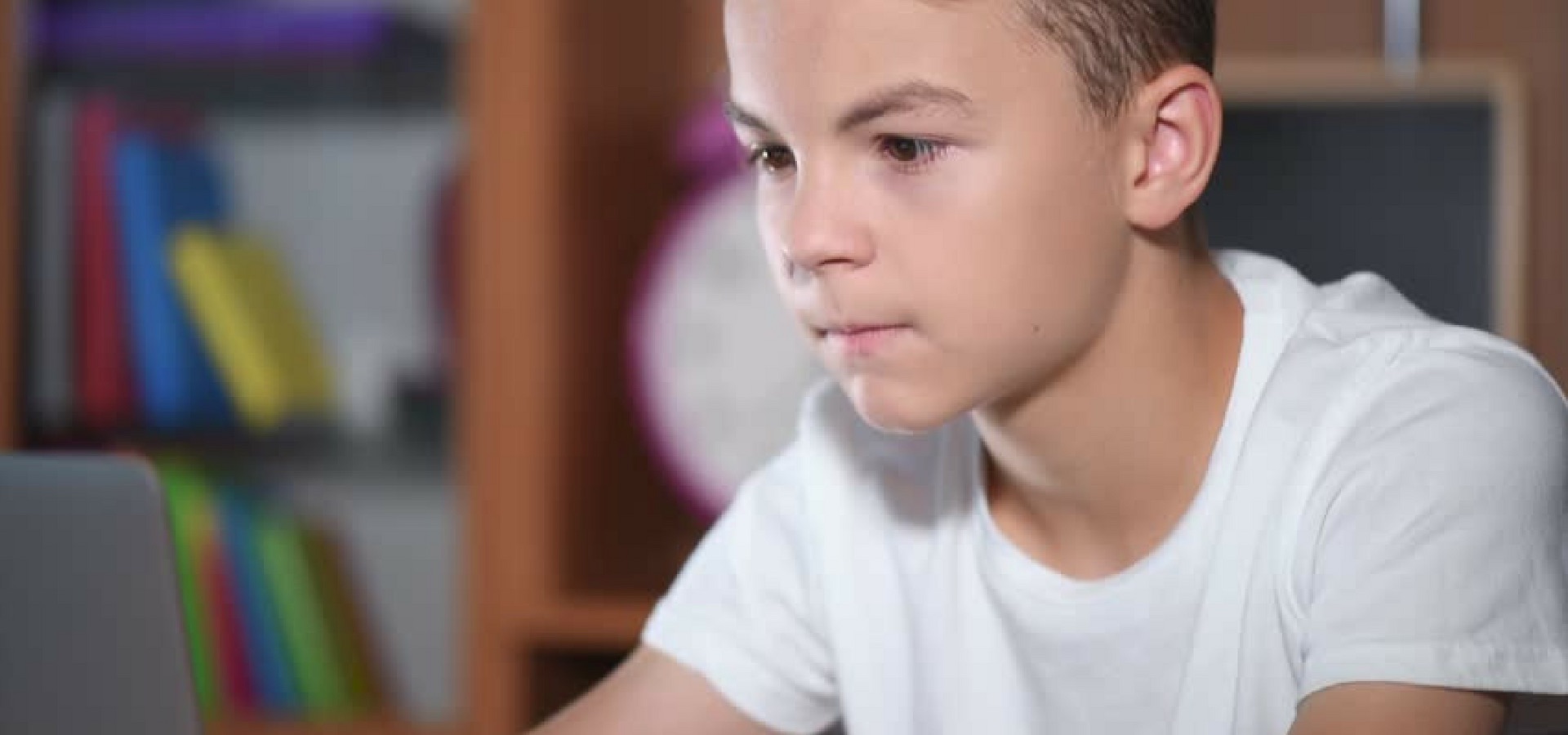
What role should parents play in academic achievement?
Hilda Erasmus – Specialist: Foundation Phase Nowadays, parents have a lot more control over their children’s lives and they want to be constantly informed about their children’s movements. Social media also allows parents to belong to groups so that they can be informed about every aspect of their children’s lives. With this, they also take responsibility for what their children should, in reality, be learning by themselves. Have you ever heard of the term “helicopter parenting”? Well, if you have not heard of it, you have definitely seen it. These parents are constantly carrying everything behind their children to ensure that the child has everything that their heart desires. The children become so dependent on the parent that they do not get the opportunity to grow into independent adults. So now the big question, how involved should you, as a parent, be in your child’s academic career? There are a few simple rules that parents can apply: The younger the child, the more time you, as a parent, should spend helping the learner with tasks and homework, guide the child to academic maturity so that they can tackle tasks by themselves later on. Make sure that your child has enough playing time, to master basic skills such as tying shoelaces, riding a bike and cutting things out. These important skills will help them to concentrate when they need to learn. Limit them to minimal screen time. It’s very easy to put a child in front of the television so that you can get things done. Children, however, need to learn to think for themselves, to keep themselves busy. This is the basis of problem solving. If you give your children all the answers, they will never learn to think for themselves. Learners must be restricted in their extra-curricular activities. Use the money you would have spent on these activities to buy books for your children. Foundation Phase learners’ schedules do not need to be more packed than their parents’ schedules and it is important that they should relax. Make sure that your child has a place to do their homework. The kitchen table is not necessarily the best place. Do not do your child’s homework but also do not leave your child to struggle on their own. A learner that lies down on their book dejected often does not know what to do, sometimes they are just too shy to ask again after it has been explained to them as they are worried that they will get a scolding. At the end of the day, it all comes down to maintaining a healthy balance. Children should think for themselves, with the vigilant eye of a parent making sure that their children learn from their mistakes without burning their fingers.
































